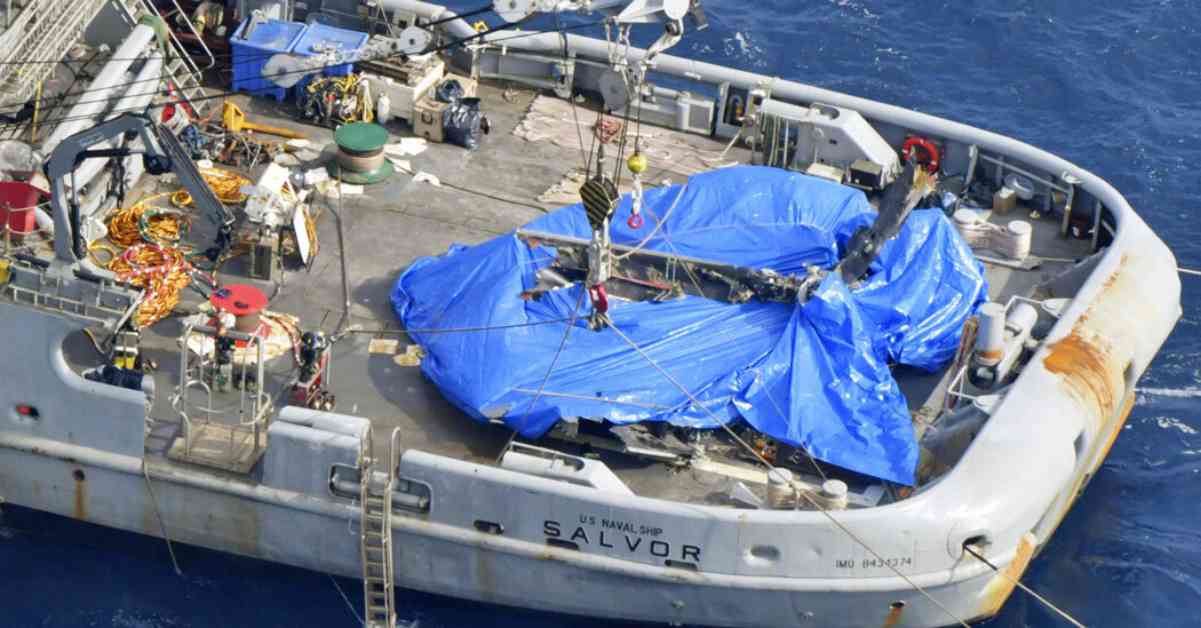An Air Force investigation revealed that a gearbox failure caused a fatal Osprey crash off the coast of Japan last year. The crash resulted in the deaths of all eight Air Force Special Operations Command service members on board. The investigation found that the crew received multiple warning signals, including indications of metal chipping off the aircraft’s gears. Despite these warnings, the crew did not take immediate action to land the aircraft, leading to the catastrophic crash.
The report on the inquiry emphasized the importance of swift action by the pilot in response to warning signals. It was suggested that better risk management and decision-making could have prevented the tragedy. The investigation aimed to provide answers to the families of the airmen who lost their lives and to prevent similar occurrences in the future.
In addition to the mechanical failure of the gearbox, the investigation highlighted the crew’s inadequate risk management and delayed response to warning signals. The pilot should have attempted to land earlier, when the flight could have been diverted to closer airfields. Instead, the pilot continued with the planned exercises, ultimately leading to the fatal crash.
The Osprey was just half a mile from the end of the runway at Yakushima Airport when the emergency landing was attempted. However, the attempt was deemed too late, resulting in cascading failures that caused the aircraft to catch fire and crash into the water. The investigation concluded that swifter action by the crew could have prevented the tragic outcome.
Overall, the investigation into the Osprey crash highlighted the importance of prompt response to warning signals and adequate risk management. By learning from this tragedy, steps can be taken to prevent similar incidents in the future and ensure the safety of military personnel.




